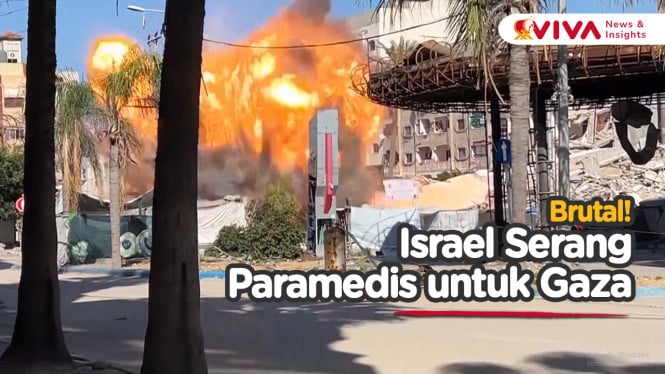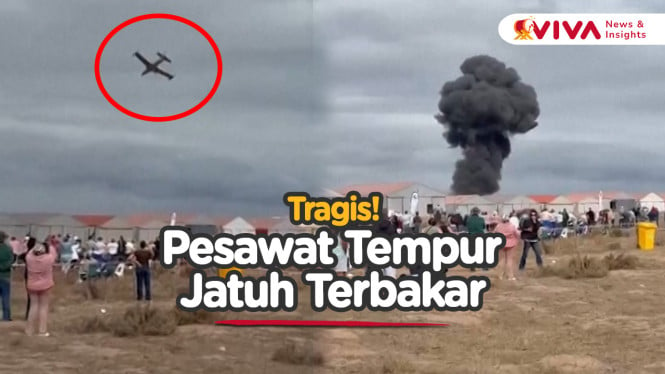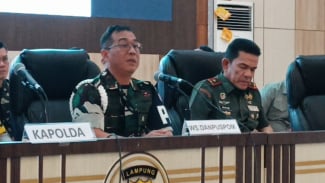4 Moscow Terrorists Under the Influence of Drugs
- AP Photo/Alexander Zemlianichenko
Russia – The latest news reported that four terrorists involved in a horrific attack on the Crocus City Hall concert hall near Moscow on Friday were actually under the influence of psychotropic substances designed to eliminate fear.
This disclosure comes from the Baza Telegram channel in Russia, which highlights the horrifying circumstances surrounding the tragic event.
The perpetrators, identified as Shamsutdin Fariduni, Saidakrami Rachabalizoda, Muhammadsobir Fayzov, and Dalerzhon Mirzoyev, were found to have traces of psychotropic substances in their bloodstream upon testing, altering their perception of fear.
Peristiwa serangan teroris di Gedung Teater dekat Moskow, Rusia
- Sergei Vedyashkin - Associated Press
Although the specific name of the substance is still being kept secret by Russian authorities, its influence on individuals' mental conditions raises significant concerns about the planning and execution of the attack.
Investigations have revealed that the terrorists made several visits to Crocus as preparations for their nefarious actions in the days leading up to the attack.
Fariduni Shamsutdin was confirmed to be inside the concert hall on March 7, supported by photographic evidence inadvertently captured by a photographer at the scene.
Furthermore, testimony from a taxi driver who drove Shamsutdin from the concert hall to the village of Putilkovo strengthens his presence in the Crocus area.
Other suspects were also seen at Crocus on two separate occasions, on March 10 and 14, further implicating calculated planning behind the attack.
Additionally, on March 21, eyewitnesses reported sightings of the terrorists at the Gazpromneft gas station near Strogino and the Moscow Ring Road.
In particular, they were seen refueling a white Renault car, which was the vehicle they used in their attempt to flee after committing the act of terrorism.
The revelation of the terrorists' altered mental conditions due to psychotropic substances adds to the concerns in the investigation, prompting authorities to delve deeper into the circumstances leading to the attack.
As the investigation progresses, there are still many questions about the source and motives behind the administration of these substances and the extent of their influence on the perpetrators' actions.


































